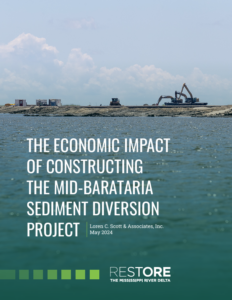The World Needs More Louisiana – Not Less
The overwhelming public support for the Mid-Barataria hasn’t changed. The need for Mid-Barataria has only become more urgent. Only the politics has changed – and that is deeply concerning for Louisiana’s future.
Coastal Louisiana is disappearing faster than anywhere else in the U.S. But we have the tools to rebuild it – and to save our unique cultures, critical wildlife habitat and nationally-significant industries and infrastructure.
The Mid-Barataria Sediment Diversion (MBSD) is the single most important restoration project to protect our land, communities, and way of life. MBSD uses the power of the Mississippi River itself to rebuild Louisiana’s vanishing wetlands—mimicking the natural processes that built our delta in the first place.
Louisiana’s coastal program was built on prioritizing science and public good over politics, but it is now in jeopardy.
Recent comments by Governor Landry signal a dramatic shift in that science-based philosophy and it’s time to step up to protect Louisiana’s coast. The MBSD is the most studied and most important project in Louisiana. This project will reconnect the Mississippi River with its sediment-starved wetlands to build new wetlands and sustain nearby marsh.
It’s time to step up to protect Louisiana’s coast. Sign the form and pledge your support for the Mid-Barataria Sediment Diversion.
Add Your Voice In Support of the Mid-Barataria Sediment Diversion
Benefits of the Mid-Barataria Sediment Diversion

Scientists Support the Mid-Barataria Sediment Diversion as Critical for Ecosystem Health
- The Army Corps’ Environmental Impact Statement (FEIS) warns that without the diversion, wetlands will continue collapsing, harming fisheries and dolphins.
- Restoring Barataria Basin benefits both local and Gulf ecosystems.
The state has committed $40 million to monitor and mitigate impacts to dolphins. - In 2021, 55 scientists with 1,300 years of combined experience endorsed the diversion.
- In 2024, 40 more scientists reaffirmed its importance as a key project in the Coastal Master Plan.
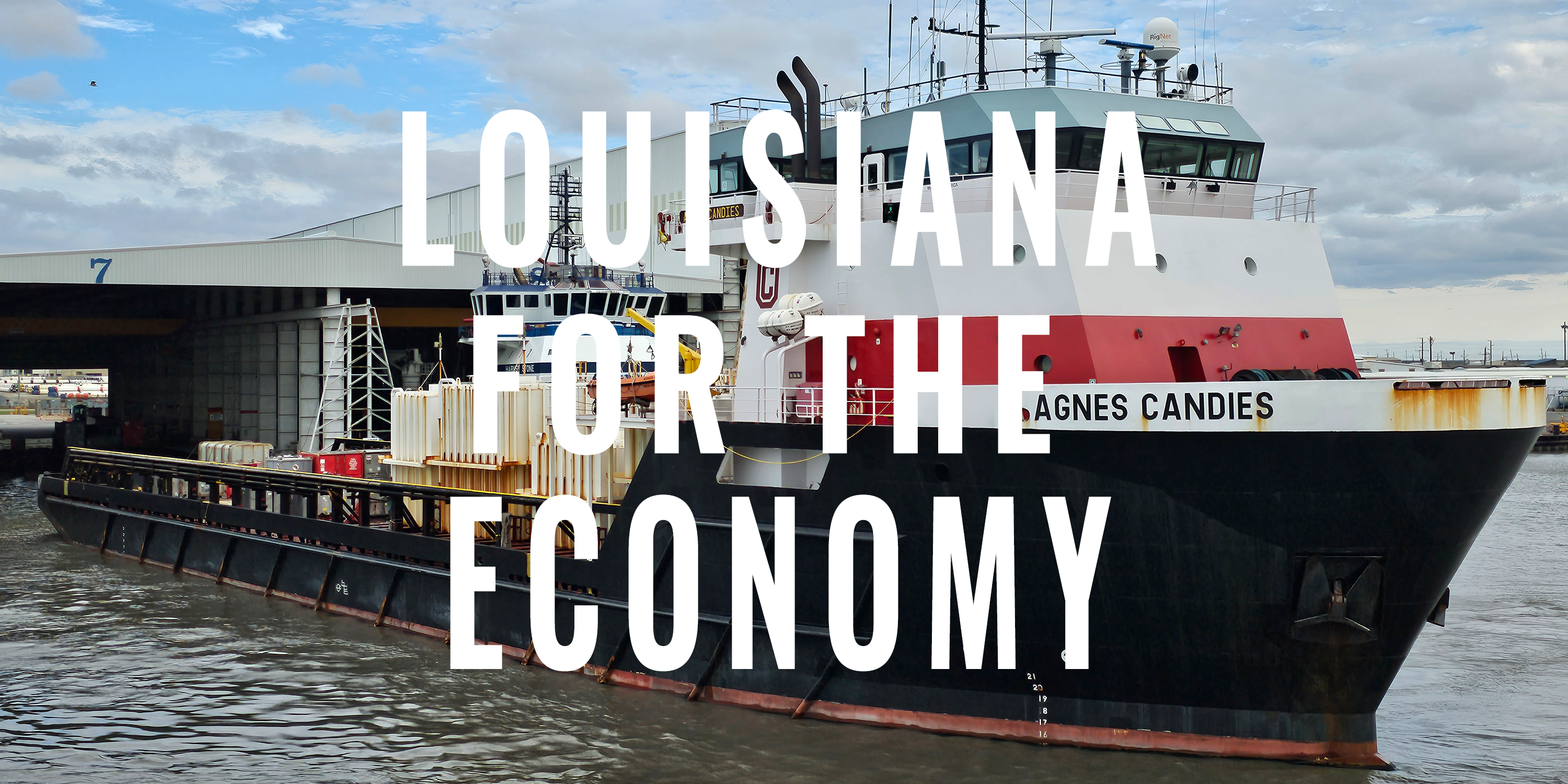
The Mid-Barataria Sediment Diversion Will Supports Louisiana’s Economy
This project is essential to any long-term plans to preserve our way of life
as the state faces more intense hurricanes, unchecked land loss and rising sea levels. Not only will the diversion maintain and restore thousands of acres of wetlands that provide a vital buffer for communities from increasing storm surge and tidal flooding, but it will also have a massive environmental benefit to the region. And it will create thousands of jobs. According to a recent economic report done by Baton Rouge economic firm Loren Scott & Associates, new business sales in Plaquemines Parish alone are expected to increase by $1.9 billion. Construction will generate $65.4 million in revenues for local governments and support an annual average of 540 jobs a year with a peak of 641 created in year three, more than the total number of people working in the parish’s healthcare and social services sector. Over the five-year period, parish residents will experience a $308.2 million increase in household earnings. The diversion project will generate nearly a year’s worth of sales tax collections every year for five years. In addition to this economic boost for Plaquemines, four surrounding parishes – Orleans, Jefferson, St. Tammany and St. Bernard – will see benefits. Construction of MBSD will create more than 3,000 jobs across the five-parish region, equal to around 30% of Plaquemines Parish total employment, and new business sales will increase by $2.8 billion.

The Mid-Barataria Sediment Diversion Will Protect Louisiana’s Fisheries
- The Barataria Basin is collapsing due to wetlands loss.
- The diversion will restore balance and benefit species like shrimp and oysters.
- Millions are being invested in mitigation to help fishers adapt.
- Without the diversion, fishing communities will continue to struggle.
- Areas where sediment is restored show thriving ecosystems and fisheries.
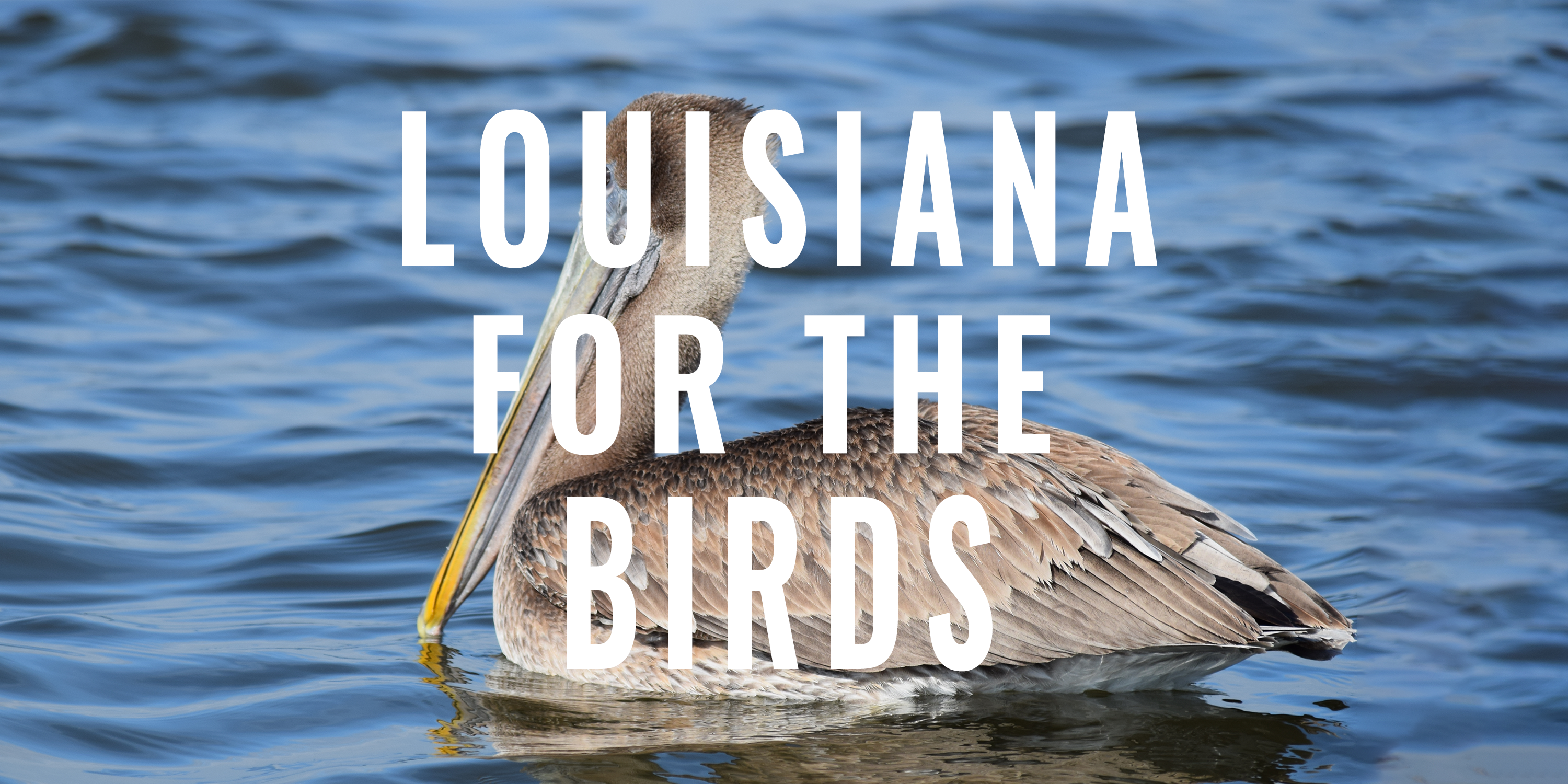
The Mid-Barataria Sediment Diversion Will Provide Habitat for Birds
It is estimated that Louisiana’s coast supports 100 million migratory, nesting and wintering birds annually. Louisiana’s disappearing coast threatens many bird populations that depend on the wide variety of habitat the coast provides. Shorebird populations have shown dramatic population declines with the loss of these coastal habitats.
Once constructed, the diversion will deposit enough sediment to build and maintain 27 square miles of land over 50 years. The project will also work in tandem with other coastal restoration projects, such as marsh creation, by providing needed sediment and fresh water to sustain those projects and the birds that live here, including brown pelicans, yellow rails and many species of ducks.
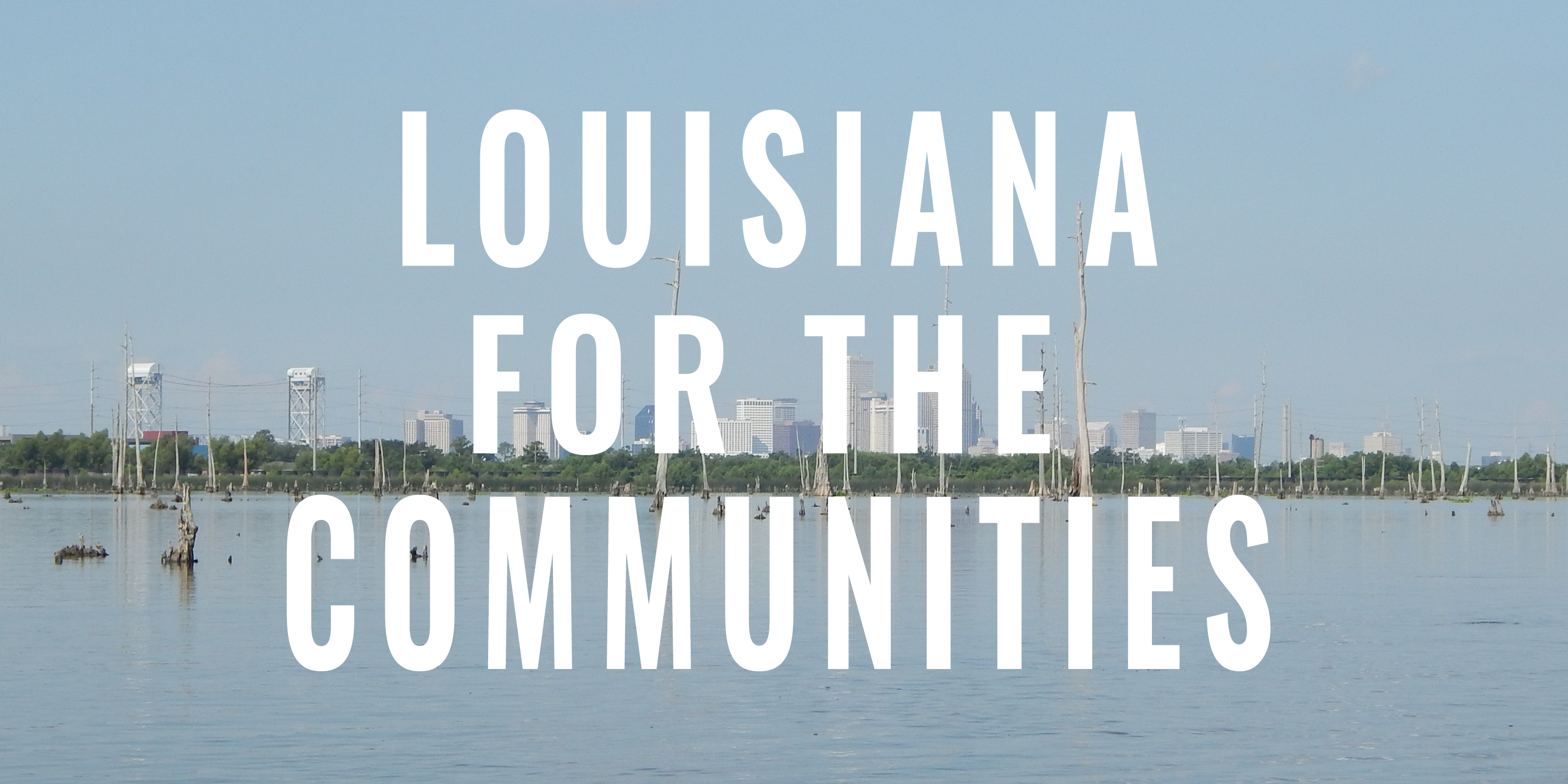
The Mid-Barataria Sediment Diversion Will Protect Louisiana’s Communities
The Mid-Barataria Sediment Diversion is projected to introduce 5.5 million tons of sediment into the basin each year, creating and sustaining nearly 5,000 acres of wetlands within ten years and 17,000 acres of wetlands within 30 years, despite rising sea levels. The wetlands built and sustained by the diversion will help mitigate storm surge, reducing storm surge by up to 1 foot for every 2.7 miles of wetlands and helping protect communities in upper Plaquemines Parish and the west bank of Jefferson and Orleans Parishes. Mitigation is also a large part of the Mid-Barataria Sediment Diversion project, with millions set aside by CPRA for mitigation projects chosen in coordination with the communities surrounding the project to offset or address potential project impacts and increase community resilience to present and future conditions. These projects include raising homes, roadways, docks and piers and sewer and septic improvements.
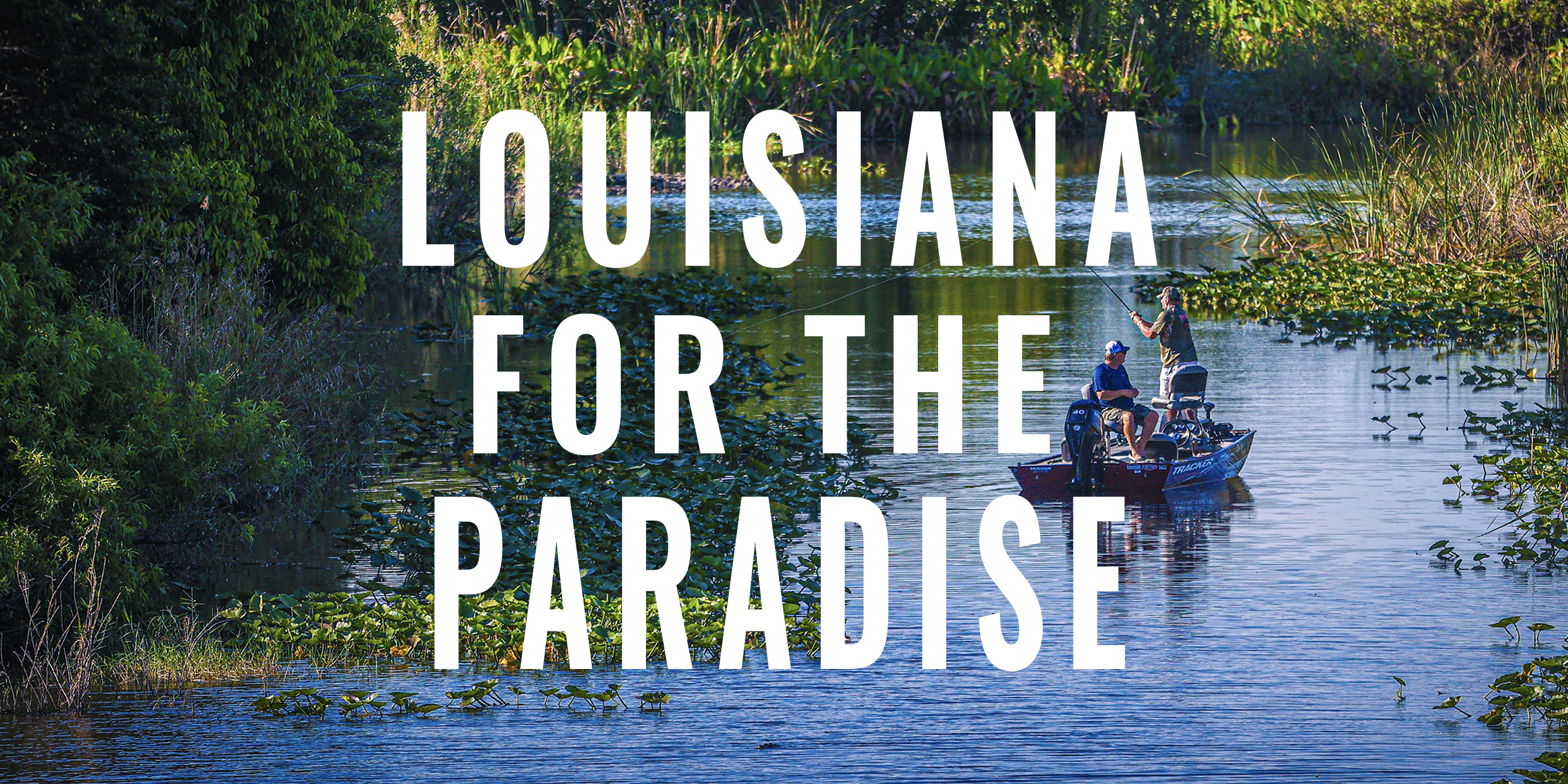
The Mid-Barataria Sediment Diversion Protects and Restores Louisiana’s Sportsman’s Paradise
The Mississippi River built Louisiana’s coastal wetlands. The Mid-Barataria Sediment Diversion is Louisiana’s most significant coastal restoration project to date, and it will restore thousands of acres of wetlands to provide a vital buffer for communities from storm surge and restore the health of the ecosystem upon which Louisiana’s “Sportsman’s Paradise” depends. For nearly half a century, a large consensus of scientists has recognized that reconnecting the Mississippi River to adjacent wetlands is the only way to maintain a sustainable future for our region and coast. In the river, Louisiana has a powerful land-building tool that coastal cities including Miami and New York lack. It is our best shot to push back against sea level rise, subsidence and hurricane storm surge, but since our state is already washing away, the sooner we put it back to work, the better. We don’t have to rely upon scientific projections to know the river can build land. The river created the land we live on today, and it absolutely continues to build land — in places where it has been reconnected to wetlands and is delivering fresh water, sediment and nutrients. Here are five spots in Plaquemines Parish alone where land is being built instead of disappearing.
You can take a virtual tour or read media coverage about the newest parts of Louisiana that have formed because of the connection to the Mississippi River. These areas are thriving, filled with lush vegetation and fish and with healthy oxygen levels. We urge you to visit them and see for yourself, and we can help make that happen.
